Blog post – Articulated hands
Spooky Science #1 – Articulated hands
Hello to all my witches and ghosts reading this!
Is Halloween week! You may know me because I do write our news piece “this week in STEM” here at the blog, but if you don’t know me, here is everything you need to know about me this week: I am Jessika, and you can call me Jess, I am an ambassador for g4g as well as social media coordinator, and I LOVE Halloween…
Okay, that was a really short introduction, but that is all we need for this week! I hope we talk a lot about STEM and enjoy this last week of October. Did you carve your pumpkins yet? Or have you decorated your house? What are you dressing up this year? Something science-y? I hope you are enjoying Halloween as much as I am. But if you’re not, don’t you worry! I am here to change that. We will be having lots of experiments and crafts to celebrate this week together, and we will be having fun! But no more chit-chat: Let’s get spooky!
Today is the first day of our Spooky Science week, and I wondered what could be a good experiment or craft to start this week in the right way. While I was looking, I came across this articulated hand that is easy to make, and I am sure you can scare someone with that because it moves!
Do you ever wonder how your hand moves? How is it possible that you can grab a ball or hold a fork? How can you clap your hands or shake hands with your friends? Are that muscles working? Or bones? Or all of them together? Well, today, you will see precisely how your hand can move and what body parts are behind it!
The materials are simple, and you will be done in about 20/30 minutes!
Ready? Scared? GO:
Materials
Construction paper or regular white paper
Five straws
String
Hot glue (you can do with regular glue, just make sure to allow enough time to dry)
Scissors
A piece of cardboard or a Styrofoam tray.
Marker or pen
Beads (optional)
How to:
1 – First, you will draw an outline for your hand on your paper, and then you will cut the shape of your hand. With the markers, you mark on your paper hand the same spots that your fingers fold. (We will talk about that later – see pictures below)
2 – After marking the spots, you will grab the straws and measure them approximately the same length as the marks you did. Mark the straws on those same spots too.
3 – After marking the straws, you will cut them. But it is really important to make a diagonal shape, so your hand can move smoothly later. You want to create a diamond shape on the folds.
4 – When you are done with that, you will glue the straws on each finger and the big pieces in the palm of the hand, like in the picture below. Don’t forget to glue the small pieces in the folders of the hand in a diamond shape.
5 – Now, you will cut 5 pieces of string, a little bit bigger than your hand, and you will tie one end of them either with a bead or just a knot.
6 – Now, you will insert each string inside each straw until the bottom of the hand, and if you are using a bead, you will glue the bead to your hand or just the knot if you are not using a bead.
7 – Glue your hand to the piece of cardboard or foam, or even a stick. This is just for you to have something to grab so you can move your hand.
And just like that, your hand is done! Pull the strings and see the science happening.
Pro tip: Make different crazy hands. Put some witch nails on it, or if you are artsy, make a zombie hand with the skin showing or make it bloody if you dare!
But what about the science behind it?
If you look at your hand, you can count the number of folders you have. Your thumb has only two, but all the other fingers have three. Each of these folders is called joints, and the joints connect one bone to another. That means that each finger has 3 tiny bones (and your thumb only two). These bones are called phalanges. All of this is connected with five main bones that form the palm of your hand, and these bones are called metacarpals. The muscles that help with movement are located in your forearm, but for that to happen, they need the help of the strings that are called tendons. Those tendons slide inside a tunnel, just like our straws, and these tunnels are called the tendon sheath. Each tunnel is attached to the tiny bones in your fingers. Remember the name? Phalanges. When the muscles in your forearm contract, they pull the tendons down, making your hand and fingers move.
Isn’t super cool? You just learned how your hand moves. Now, grab your articulated hand, make the strings bigger and try to scare your friends!
I hope you liked it, and I wish you a fang-tastic day!
See you tomorrow with pumpkin wishes and candy corn kisses!
Jess

